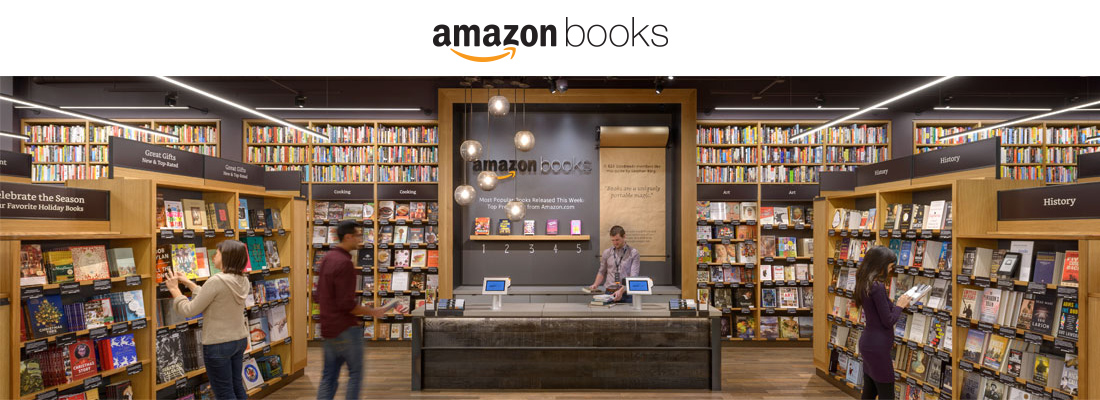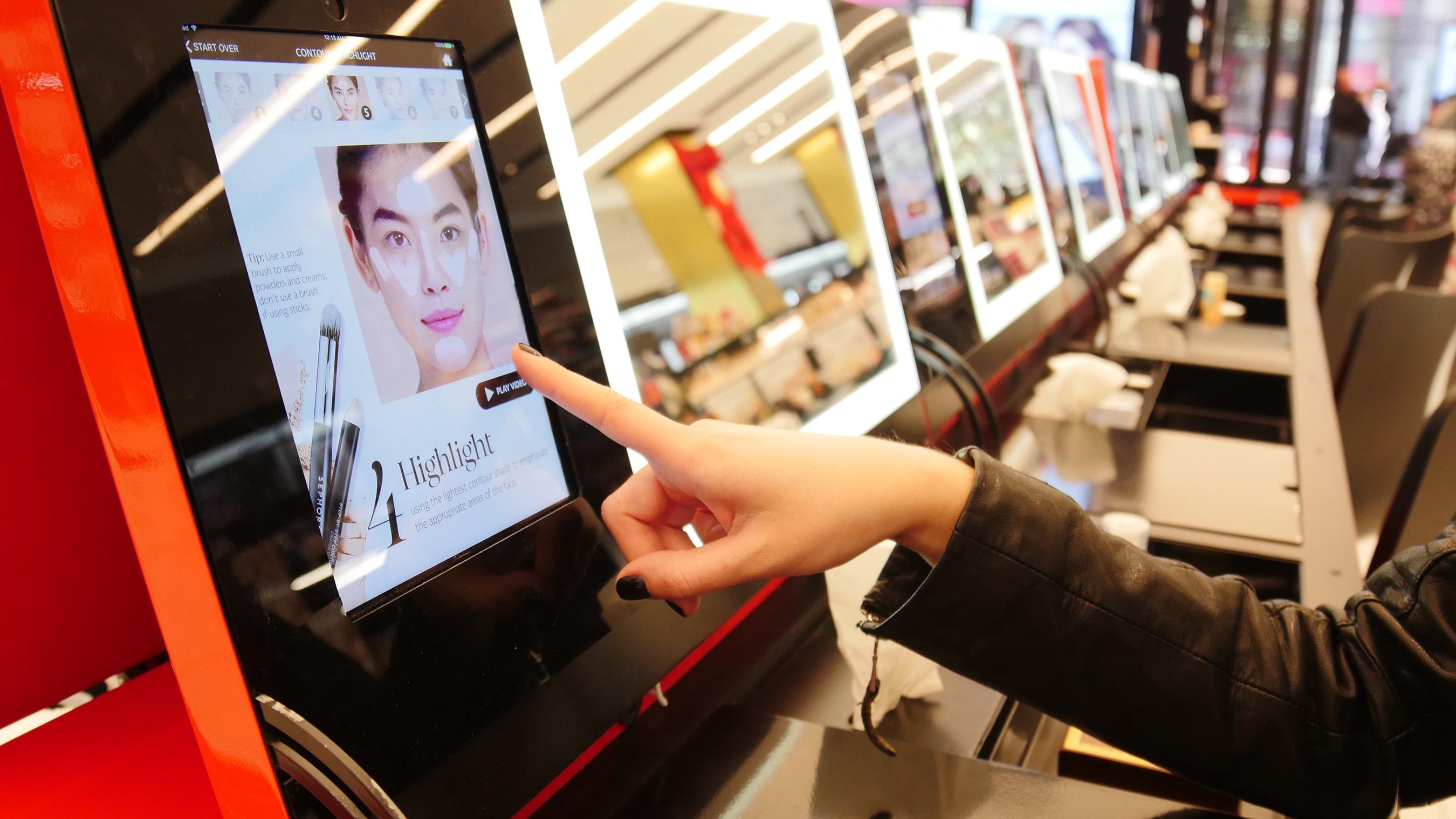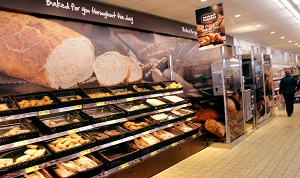 I recently wrote about some of the downsides of the self-checkout to both retailers and manufacturers, and how these unforeseen consequences could have been avoided. A week after writing this I found myself faced with a self-service check-out for the first time in a long time, and personally experienced how they don’t seem to work for shoppers either.
I recently wrote about some of the downsides of the self-checkout to both retailers and manufacturers, and how these unforeseen consequences could have been avoided. A week after writing this I found myself faced with a self-service check-out for the first time in a long time, and personally experienced how they don’t seem to work for shoppers either.
My first visit was to Tesco, where a whole host of issues tested my patience, as well as the patience of Tesco staff.
Problem One: I bought a toy for my daughter, who excitedly wanted to hold it. Unfortunately this screwed with the detector pad where I was supposed to place the products, and the machine froze. A human operator may have smiled and nodded at my daughter waving her new light sabre, but this automated, efficient one, got the hump.
Problem Two: the machine got likewise grumpy when I tried to buy alcohol. Whilst my boyish good looks are legendary, it’s a while since staff at the checkout queried my age. For the second time, a supervisor had to be called.
Third time: I’m beginning to get the feeling that the lady who is in charge of the self-checkout zone doesn’t like me. This time my wife has bought a cardigan, and we have a security tag that needs to be removed.
Fourth time: Maybe my fault, but I’m a shopper so there you go. In Thailand, where I live we don’t have “chip and pin” (we have chip but no pin), so I need to sign. In other stores, the human staff have smiled and commented on the throwback novelty of checking a signature, and giggled when they can’t find a pen. Here the grumpiness of the automated machine was matched only by that of the Self-Checkout zone supervisor, who had to assist for the fourth time, and was beginning to think this was a wind up.
My second experience was in a WH Smiths store at Manchester airport . For those of you not familiar with Smiths, they sell newspapers, magazines, drinks snack and a few other items. It was early and I was the only shopper in the store. It was just me, four “fast-checkout” machines and one member of staff who politely told me as I approached the main check out area, that it was “self-checkout only”.
I was buying one bottle of water. I scanned it, and started paying, using a whole bundle of coins I had in my pocket. It took ages – each one having to drop down a chute to be recognized. Several were bounced back. The solitary staff member watched me, and I wondered if it had occurred to her, as it had to me, that, given I was the only shopper in the store, surely it would have been so much easier for her to serve me herself. I smiled awkwardly, and picked up the coins that had fallen to the floor. Finally I finished paying. Then I had to tell the machine that no, I hadn’t brought my own bag. Buying one bottle of water took almost two minutes. As a passing shot, the screen flashed up “thank you for using our fast checkout service”. Self checkout maybe. Fast? No way.
Self-checkout is a lovely idea, but it appears that it doesn’t necessarily work too well for retailers, manufacturers, or shoppers. At a time when human service is one of the only differentiators that bricks and mortar retailers have in the battle versus online shopping, isn’t it time retailers admitted defeat and focused on adding value through this differentiator, rather than removing it from their stores?




